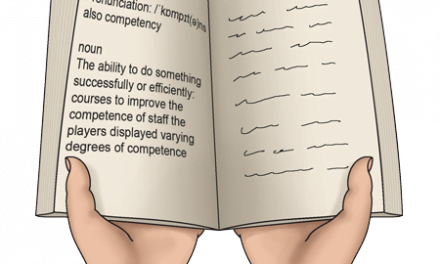England is set to host the Rugby union World Cup in 2015, two years after the rugby league world cup was joint hosted by England, France, Ireland and Wales. For our country to have hosted both world cups in the different formats shows how important rugby is to our nation. Without doubt English rugby union’s greatest moment came in 2003, when England won the world cup thanks to a drop goal from Johnny Wilkinson beat Australia 20-17.
It is the second highest team sport in Britain for participation. In this blog post, we look to outline the skills required for Rugby, which is a sport that is divided into two connecting yet wholly different sports, which are rugby league and rugby union. Both are popular in England and have a thriving professional league, as well as an ever growing grassroots system.
Although some of the skills are individualised to one or the other such as scrums to rugby union, many skills are transferable. This can be seen by professional players “changing codes”, changing from one form of rugby to the other, such as Jason Robinson, Owen Farrell, Ben Burgess and Sunny Bill Williams.
Skills such as passing, running with the ball, kicking, and tackling are transferable to both genres of the sport and could be considered “core skills” of the sport. In PE, however, some skills are taught later in the children’s lives than other sports due to the physical developments that happen throughout puberty. This is due to the psychological strains on the body being placed by certain skills such as scrums and lifting line outs.
Rugby can be taught to children of all ages from primary to secondary; however, the games and drills should be adapted to allow for development both cognitively and physically. An example of this would be teaching primary school children how to pass backwards and with the correct technique, but with a football or volleyball as they will be more adjusted to a round ball compared to a rugby ball.
A form of rugby developed for children is tag rugby, which teaches them about being able to run with the ball. This will allow the children to be able to create muscle memory of this movement; this will allow them to develop from the mental stage of learning, into the associative stage of learning and hopefully into autonomous stage of learning.
Rugby, if taught inappropriately, can be a dangerous sport to all involved and this can have a huge effect on possible lifelong participation from one lesson. Therefore it requires a different style of teaching depending on the specific skill being covered. As passing, kicking and running with the ball in hand are skills which freedom can be encouraged and guided, more complex and dangerous skills such as tackling correctly, rucking, and line outs should be taught with a more autocratic leadership style.










